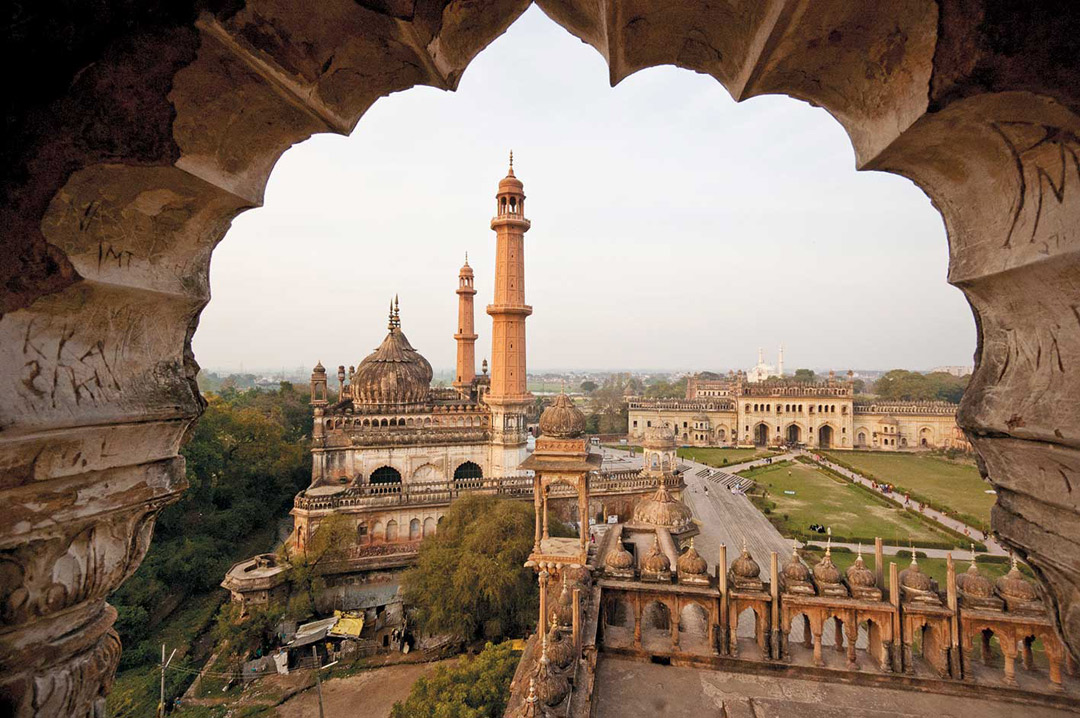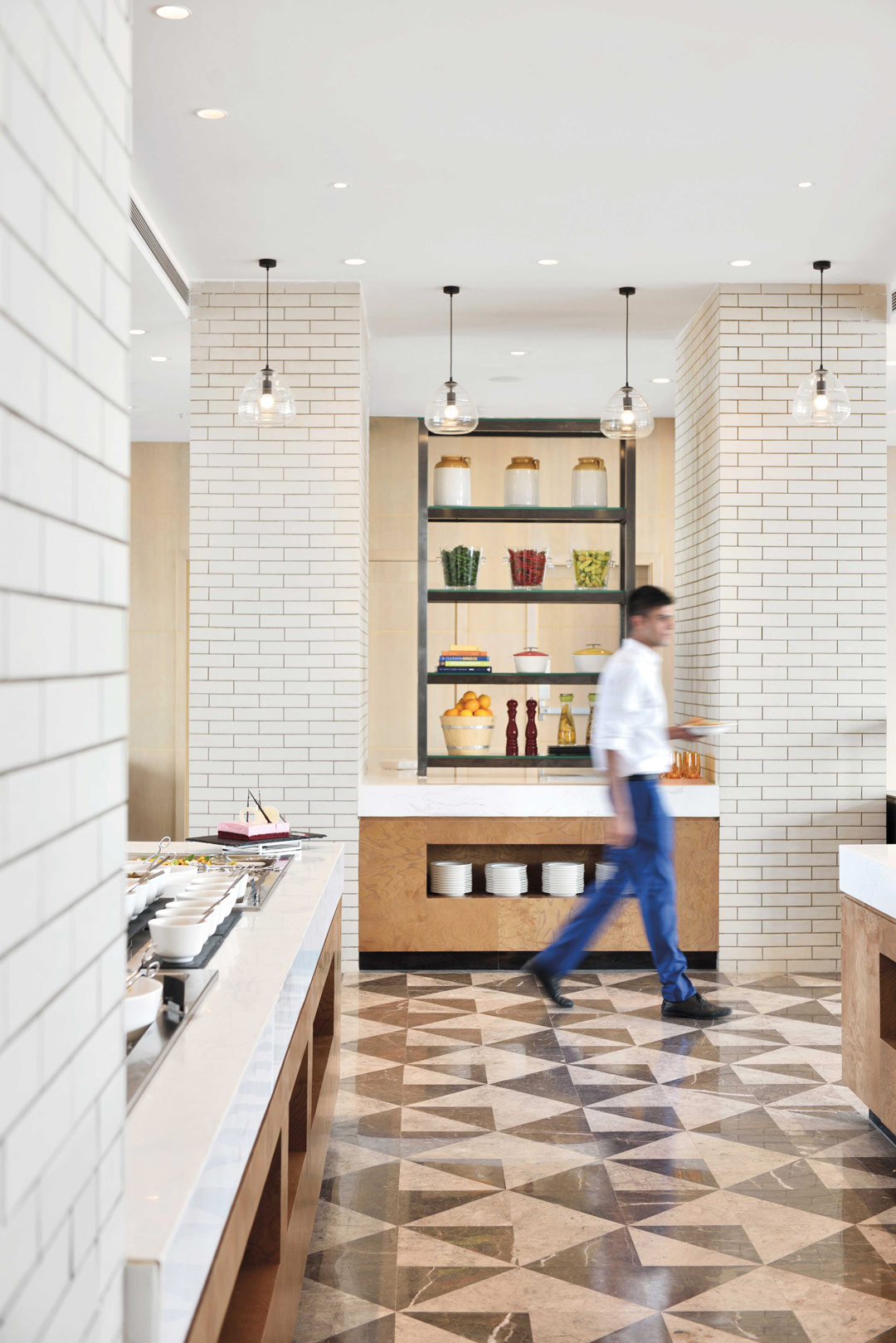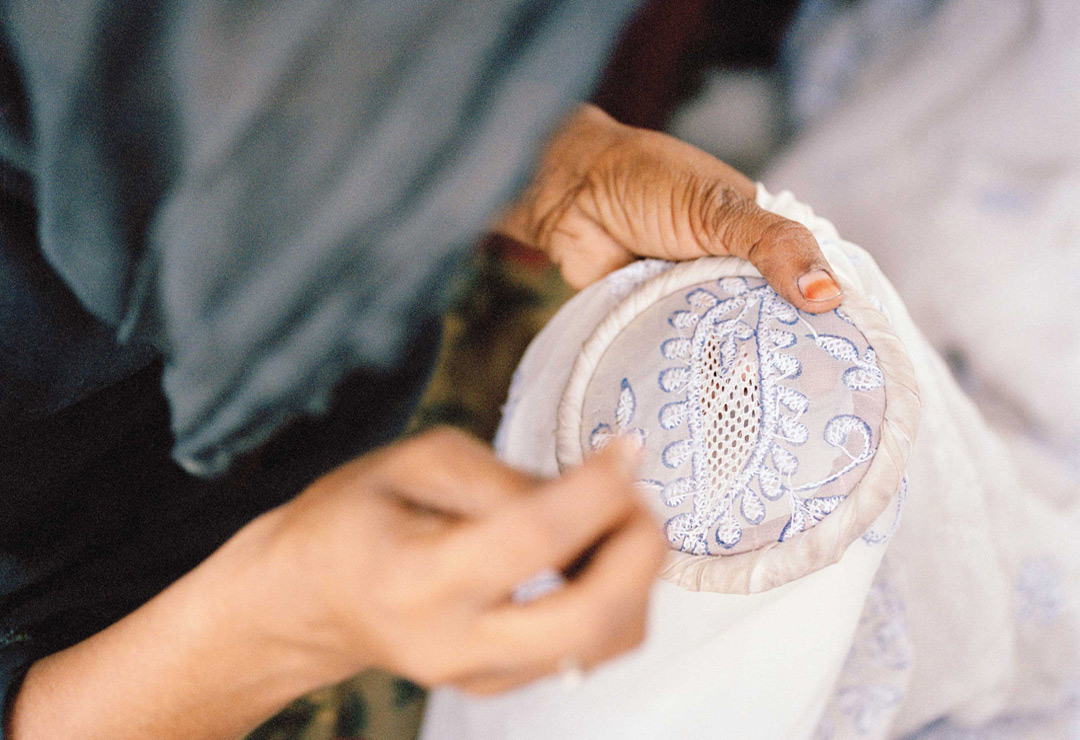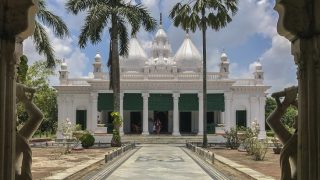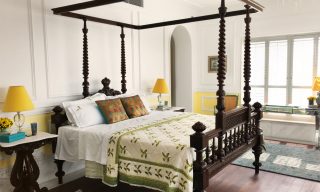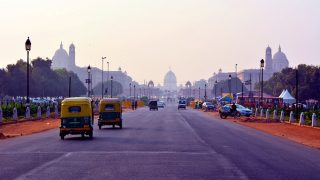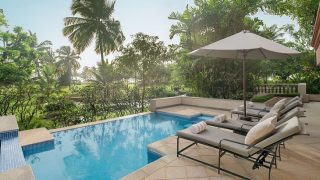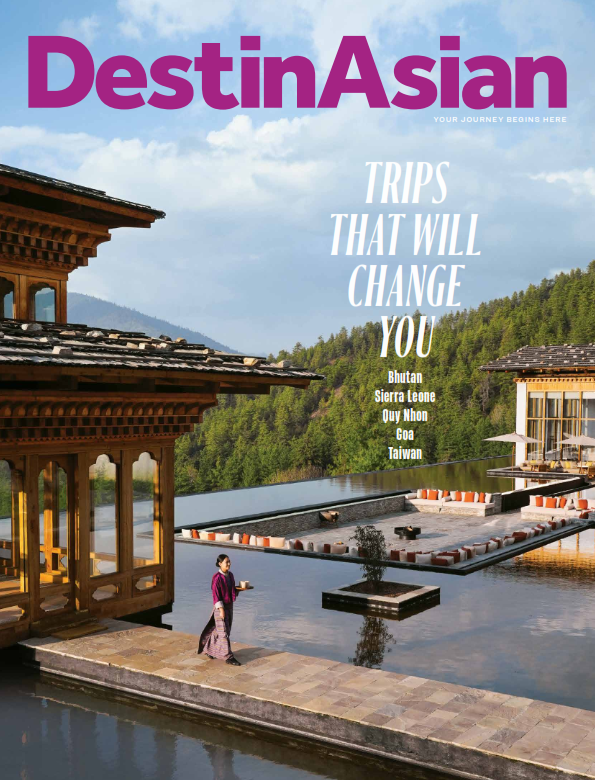Easily reached from Delhi or—thanks to a brand-new expressway—Agra, the state capital of Uttar Pradesh beckons with its rich culture and history, bustling bazaars, and seriously indulgent food. Here’s how to experience the best of India’s City of Nawabs in just two days.
DAY ONE
Morning: Awake at the Renaissance Lucknow Hotel (91-522/405-5555; doubles from US$165) in the posh Gomti Nagar area and get your bearings over breakfast at the 14th-floor L-14 restaurant, where the views follow the westward course of the Gomti River toward Hazratganj and the older parts of the city beyond. That’s the direction you’ll want to head to visit the ruins of the Residency, once the seat of British colonial rule over the surrounding Awadh region. Besieged for six months during the Sepoy Mutiny (remembered locally as India’s first War of Independence) of 1857, the compound’s surviving buildings, roofless and battle-scarred, now serve as a memorial to those times, with an on-site museum that documents both the uprising and the flamboyant Nawabs who once ruled here.
Afternoon: One of Lucknow’s most beloved dishes, galouti kebab is best enjoyed at Tunday Kababi, a century-old institution with outlets in the market areas of Aminabad and Chowk (opt for the former, which is both cleaner and easier to find). Legend has it that these silken roundels of minced beef or mutton were originally created for a toothless Nawab; they certainly melt in your mouth.
Next, head into the hurly-burly of Chowk. Starting from the Gol Darwaza (“Round Gate”), navigate the web of alleys and cavernous shops that showcase handcrafted silver jewelry, bronze pottery, handicrafts, and textiles. Fragrant ittar oils are sold at traditional perfumeries such as Moid Ali & Sons, while delicately hand-embroidered chikan fabric can be picked up at Seva Chikan on Sitapur Road.
Evening: Slow-cooked with saffron and cardamom, the Mughal-influenced specialties of Awadhi cuisine make for an indulgent dinner at The Mughal’s Dastarkhwan (29 B.N. Rd., Lalbagh). Try the mughlai paratha with an order of shammi kebab (spiced lamb skewers) and mutton in a yogurt-rich gravy. On the way back to your hotel, stop at Laddoo Chanakya (3 Shyam Awadh Bazaar) for a no-frills, very local dessert of kesar kulfi, or saffron-flavored Indian “ice cream,” served in leaf bowls. Wind down with a nightcap at the Renaissance Hotel’s Sky Bar—a rare rooftop venue that stays open beyond 10 p.m. and looks out onto twinkling city lights across an infinity pool.
DAY TWO
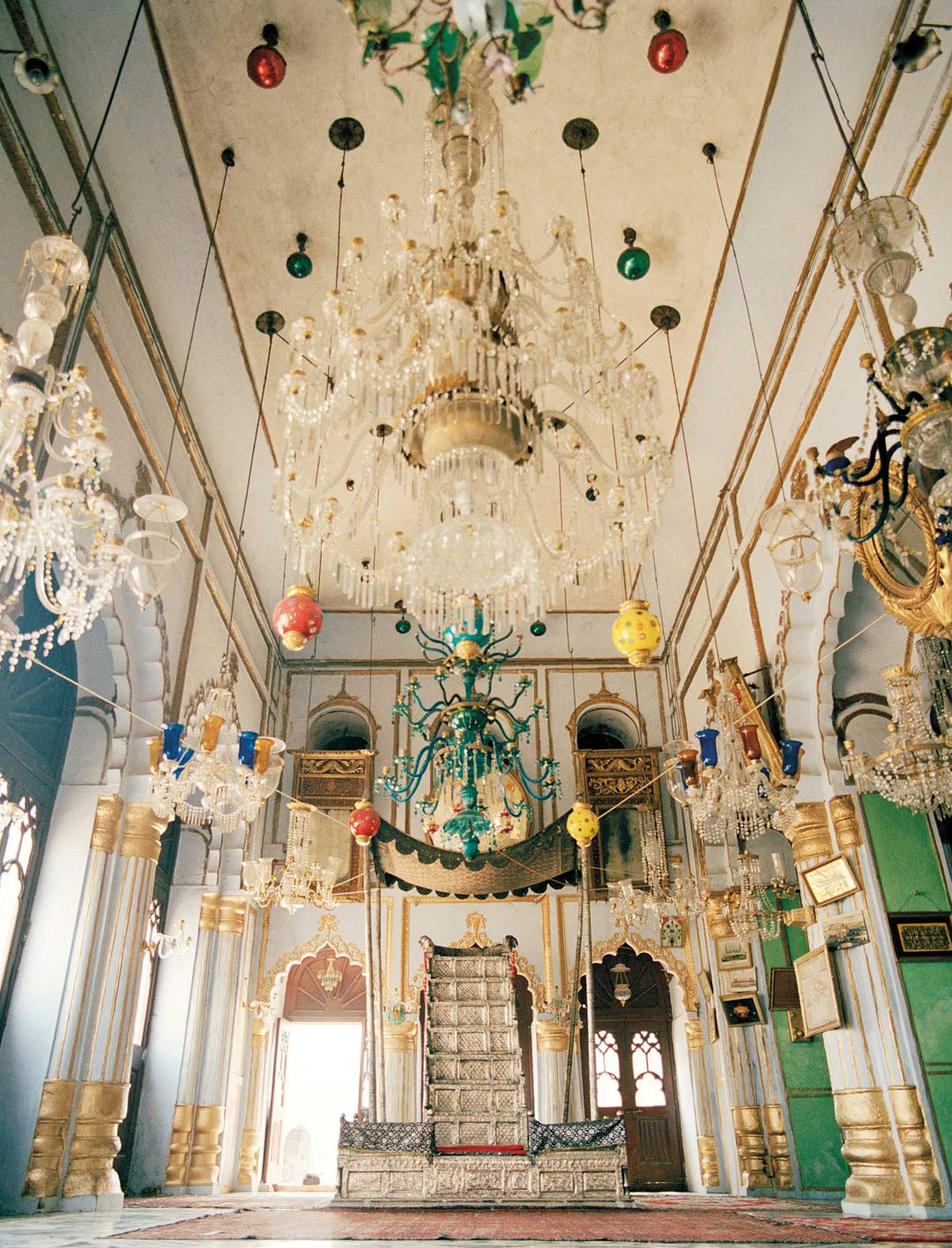
The ornate interiors of the Chota Imambara, built in 1837 as a mausoleum for the ninth Nawab of Awadh, Muhammad Ali Shah.
Morning: Rise early to get the best light at the 18th-century Bara Imambara. The defining feature of Lucknow’s skyline is a triumph of turrets and cupolas, fusing Indian and Persian architectural styles. Hired guides will tell you that the fourth Nawab of Lucknow, Asaf-ud -Daula, built the sepia-colored complex as a place of congregation and mourning for the city’s Shia Muslims. A rather spooky labyrinth of dark, narrow tunnels runs through the walls on the upper level, leading ultimately to the rooftop. Here, covered balconies reveal a stunning cityscape: in the foreground, the Asifi Mosque and the ornate, 18-meter-high Rumi Gate; beyond it, the whitewashed minarets of the Tile Wali Masjid and the red-brick Husainabad Clock Tower. Just to the west, the far smaller but intricately detailed Chota Imambara is also worth exploring. Beyond the elegant arches and ivory-adorned indigo facade lies a dazzling array of chandeliers and colored glass lamps, strung from every inch of the high ceiling.
Afternoon: Catch a taxi across town to indulge in the local pastime of “ganjing”—an aimless ramble through the British-era shopping promenade of Hazratganj, modeled on London’s Queen Street. Victorian-style shop fronts house international brands, handloom emporiums, jewelry stores, and outlets of popular Indian clothing brands Anokhi and Fab India. There are also plenty of places to stop for lunch; try the cutesy Cherry Tree Café (91-522/407-6648) for a much-needed iced coffee along with pastas, pizzas, and light bites.
Back in Gomti Nagar, the recently opened Museum of Socialism commemorates the socialist principles of J.P. Narayan, a prominent Indian freedom fighter. With a terra-cotta facade and a striking wedge shape, the museum warrants a visit for its architecture alone.
Evening: Hop over to the neighboring Vivanta by Taj (91-522/671-1000) for cocktails at Saqi, where house specials include an anise-flavored concoction shaken with freshly squeezed orange juice, gin, and grenadine. Reservations are a must for the weekend dinner buffets at the hotel’s all-day restaurant Latitude, but if you’re here on a weekday, the international à la carte menu will make an equally satisfying finish to your Lucknow sojourn.
This article originally appeared in the February/March 2017 print issue of DestinAsian magazine (“Beginner’s Lucknow”).

